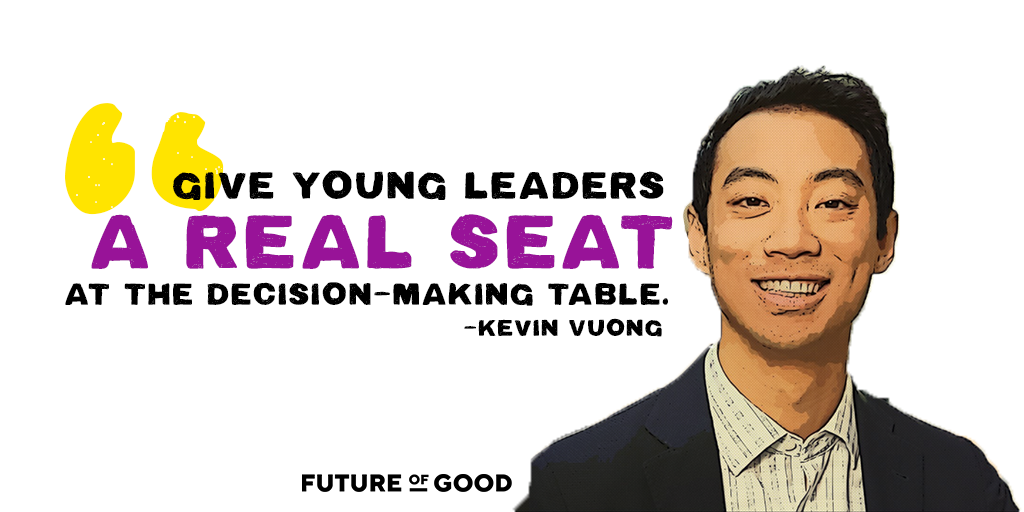How Youth Want You to Transform Non-Profit Governance
Why It Matters
In order to thrive in an aging population, Canadian non-profits need to identify youth leaders and recruit them onto their boards. Below, six young community-builders share precisely what non-profits are getting wrong — and how they can improve, from evolving directorship elections to considering board member compensation.

As part of our exclusive series on youth leadership in non-profits, we asked young board members how they would transform non-profit governance. From offering compensation to abolishing Robert’s Rules of Order (a standard for facilitating group decision-making, published in 1876), six young board directors shared their visions for the future of non-profit governance.
Diversify your organization’s leadership. The process of joining a board can make strong candidates feel excluded if they don’t see themselves reflected in an organization’s existing leadership. “I personally had to push through a lot of feelings of inadequacy before I finally applied to be a board director, and it didn’t help that I rarely saw people like me on a board,” Sydney Pigott, board member of Springtide Resources says.
Evolve how you elect directors. “If membership organizations structured their bylaws to allow for outside nominations, they could have more diverse boards that contribute to better decision-making – not only for the members, but for all stakeholders,” says Cameron Choquette, board member of 4-H Saskatchewan.
Broaden the interpretation of ‘governance’. “The non-profit board is a byproduct of the corporate structure of capitalism, which is rooted in a colonial ideology engineered to elevate a limited range of voices and perspectives,” says Alexander Dirksen, board member of Apathy Is Boring. He says non-profits need to question the structure and processes of boards, and can start with abolishing the use of Robert’s Rules of Order, opting instead for more participatory and accessible approaches (there are several creative methods out there!).
Eliminate youth advisory councils. “Give young leaders a real seat at the decision-making table,” says Kevin Vuong, board member of the Native Canadian Centre of Toronto, who wants to see more youth on boards, where they have real power. While advisory councils bring together young people to advise on issues, a board membership enables those same individuals to action their ideas and insights through equal voting rights.
Create remote-based governance opportunities. Fateha Hossain, board member of FoodShare Toronto, says doing this will “create accessible non-profit governance opportunities for folks experiencing forms of marginalization due to ability, location, income, or other variables.”
Consider compensating board members. Unpaid board positions “present barriers to having [individuals] on boards who might not be able to [donate their time] because of financial barriers,” says Veronica Bylicki, board member at CityStudio Vancouver. She would like to see non-profits develop a strategy to encourage participation from people who are economically disenfranchised.
To learn more about these young leaders and their journeys, check out our 21 Youth Reshaping Governance 2019 list, and our article outlining how to recruit youth to your non-profit board.

